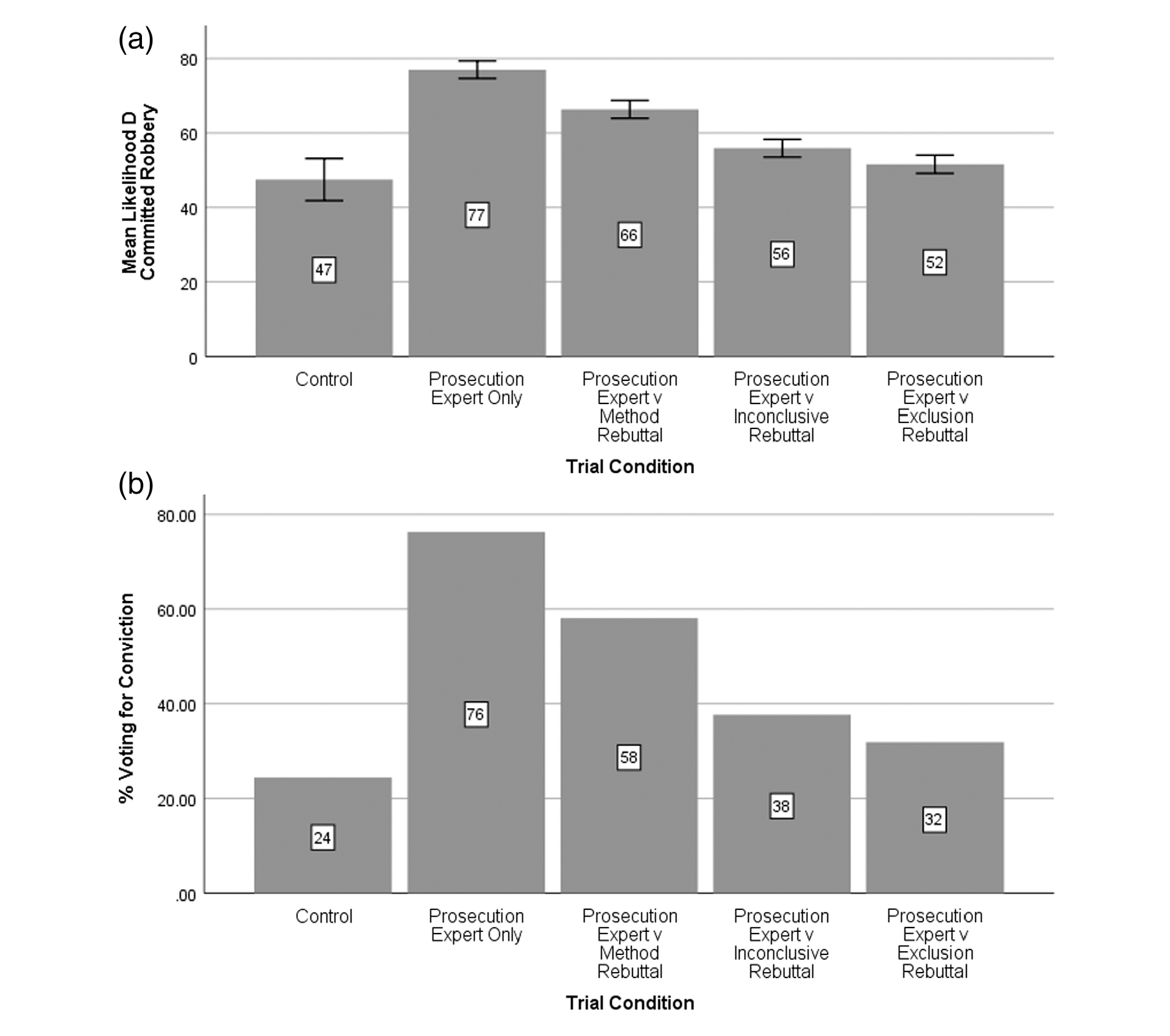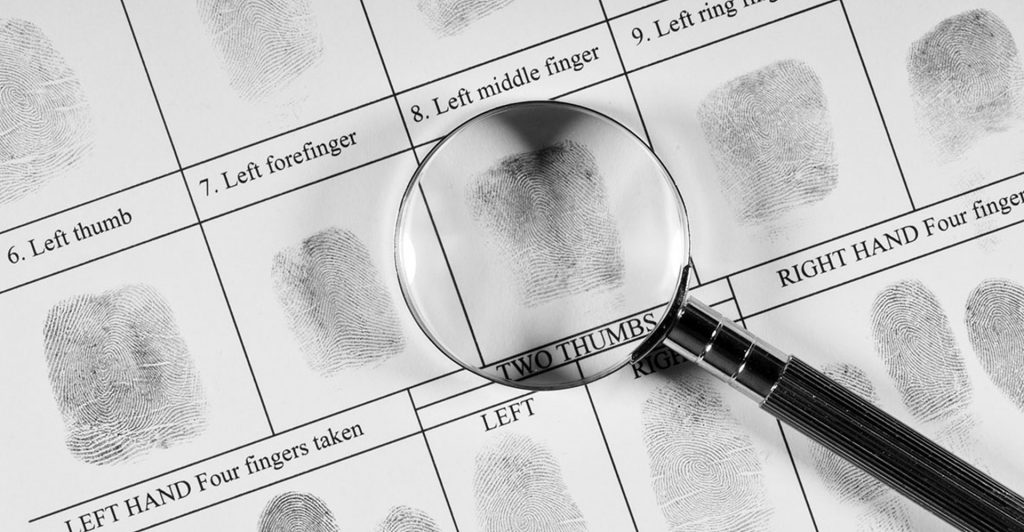A study from the Center for Statistics and Applications in Forensic Evidence (CSAFE) showed that a rebuttal expert’s testimony could affect jurors’ beliefs in the reliability of fingerprint evidence.
The results demonstrate that a rebuttal testimony could be a more effective and reliable way of educating jurors about the limitations of fingerprint evidence than traditional cross-examinations.
The study, published in Applied Cognitive Psychology, was led by Gregory Mitchell, the Joseph Weintraub – Bank of America Distinguished Professor of Law at the University of Virginia; and Brandon Garrett, CSAFE co-director and the L. Neil Williams, Jr. Professor of Law and director of the Wilson Center for Science and Justice at Duke University.
Using a sample of 1,716 jury-eligible adults, Mitchell and Garrett examined the impact of three types of rebuttal testimony on juror perceptions and the use of fingerprint evidence in a mock robbery trial. The three types included a methodological rebuttal explaining the general risk of error in the fingerprint comparison process, an “inconclusive” rebuttal concluding the latent fingerprint recovered in this case was not suitable for use in comparison, and an “exclusion” rebuttal excluding the defendant as the source of the latent fingerprint.
The mock trial conditions also included a control with no fingerprint evidence and a condition where the participants heard testimony from only the prosecution’s fingerprint expert. After the evidence was presented, participants were asked the likelihood that the defendant committed the robbery and would they convict.
Results from the study showed that all three defense rebuttals proved effective in creating doubt about the prosecution’s case, with the inconclusive and exclusion rebuttals proving the most effective.
Seventy-six percent of the participants who heard only the prosecution’s expert voted to convict. However, the methodological rebuttal brought that down to 58 percent. Adding either the inconclusive or exclusion rebuttals led to significantly fewer participants voting for conviction—38 percent and 32 percent, respectively.
Mitchell said that while all the defense rebuttals substantially reduced judges of guilt, the inconclusive and exclusion rebuttals completely neutralized the prosecution’s fingerprint evidence.
“This study advances our understanding of how jurors perceive fingerprint evidence and how to alter those perceptions,” Mitchell said. “Jurors come to a trial believing that fingerprint evidence is generally reliable evidence, but when our jurors learned details about the fingerprint comparison process and its susceptibility to error, many of them were no longer willing to convict.”
Mitchell said that this study shows that using a rebuttal expert will provide jurors with information not easily obtained through cross-examination. By focusing the juror’s attention on a rebuttal expert, the defense can present information that raises questions about the fallibility of fingerprint evidence in general and the fingerprint evidence used in the case at hand.
“A persuasive message that challenges assumptions about the near-infallibility of forensic evidence can be much more effective than simply constraining how a fingerprint expert frames their conclusions and can produce more lasting changes in jurors’ attitudes,” Mitchell said.

Download the journal article and read insights from this study at https://forensicstats.org/blog/2021/04/11/insights-battling-to-a-draw/.
Review the experimental materials and data from the study here.




